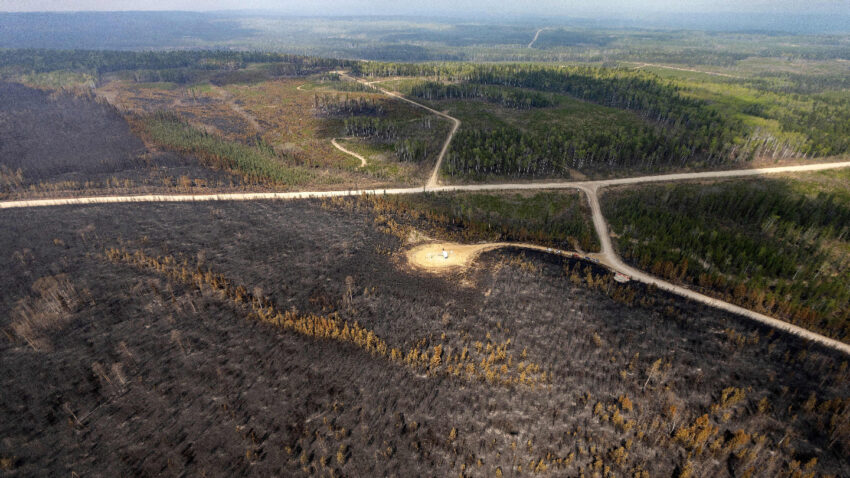One of nature’s woody behemoths — the North American snow forest — may soon begin shrinking.
The continent’s boreal forest reposes in subarctic latitudes, spanning much of Alaska and Canada. Scientists had previously suggested that its range might shift northward as the climate warms, helping maintain its expansive breadth.
But for two decades, the ecosystem’s northern tree line has held fast, while its southerly tree cover has thinned, researchers report June 8 in Nature Communications. Human activities and climate change could push the prodigious forest to contract.
“We are about to transform an entire biome on a continental scale,” says environmental scientist Ronny Rotbarth of Wageningen University in the Netherlands.
Millions of people — many from Indigenous groups — depend on the boreal forest to live. It’s thought to contain about 25 percent of Earth’s remaining intact forest, and its living flora are estimated to store about 15 billion metric tons of carbon. That exceeds what global fossil fuel burning emitted last year.
But the forest is being disturbed, and not just by climate change. Logging and wildfires — such as those now raging in Quebec — can also diminish it (SN: 3/2/23; SN: 6/9/23).
Rotbarth and his colleagues assessed how those pressures were impacting the forest’s range. Using satellite observations, the researchers tracked tree-cover changes from 2000 to 2019. They then analyzed how those changes corresponded with temperature, precipitation and disturbances like wildfires and logging.
Overall, the forest’s tree cover increased, mostly within its northern interior. But its northern boundary showed little to no expansion, while its southern boundary thinned, largely due to wildfires and logging. The researchers also found that the southerly reaches didn’t fully recover from these disturbances during the study period, potentially hindered by climate warming.
The changes may foreshadow a long-term forest contraction, though it’s unclear when exactly that could start.

